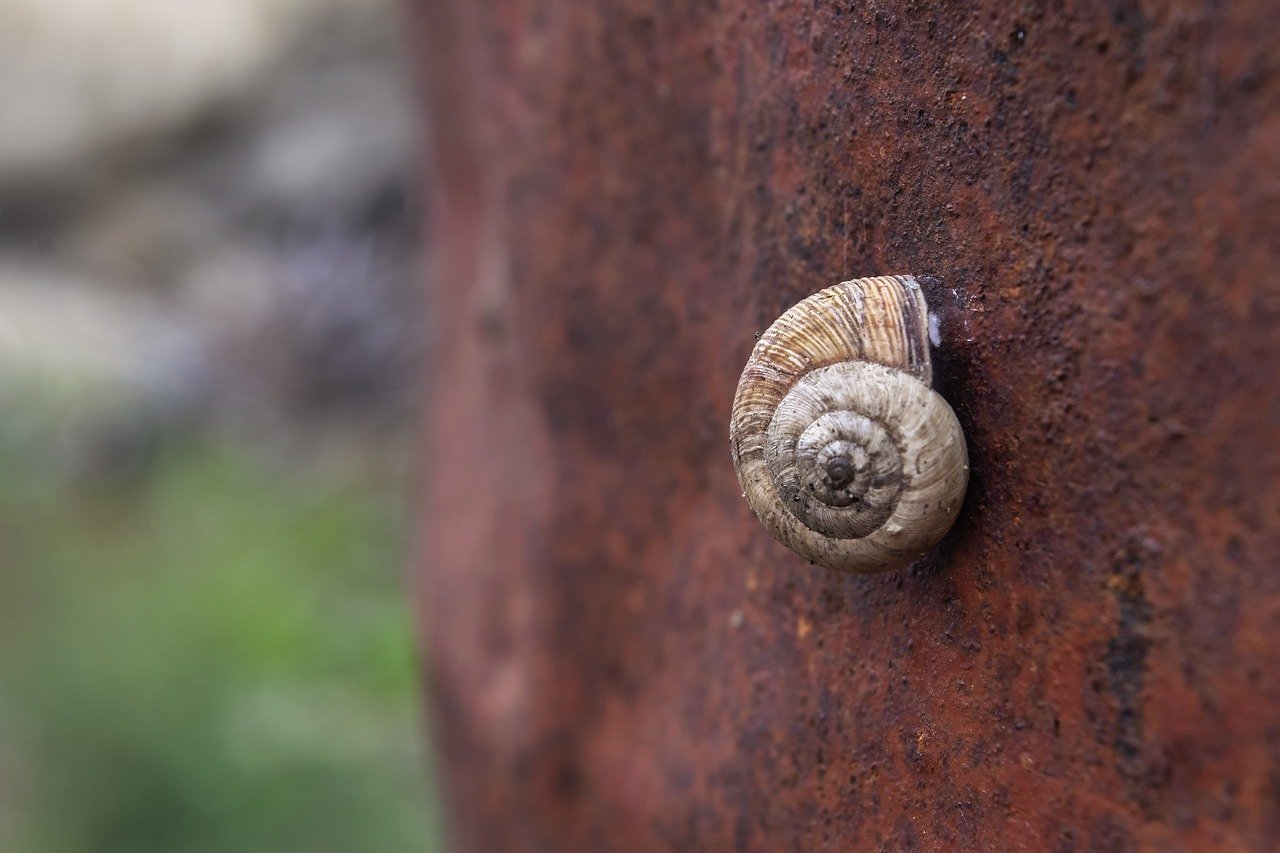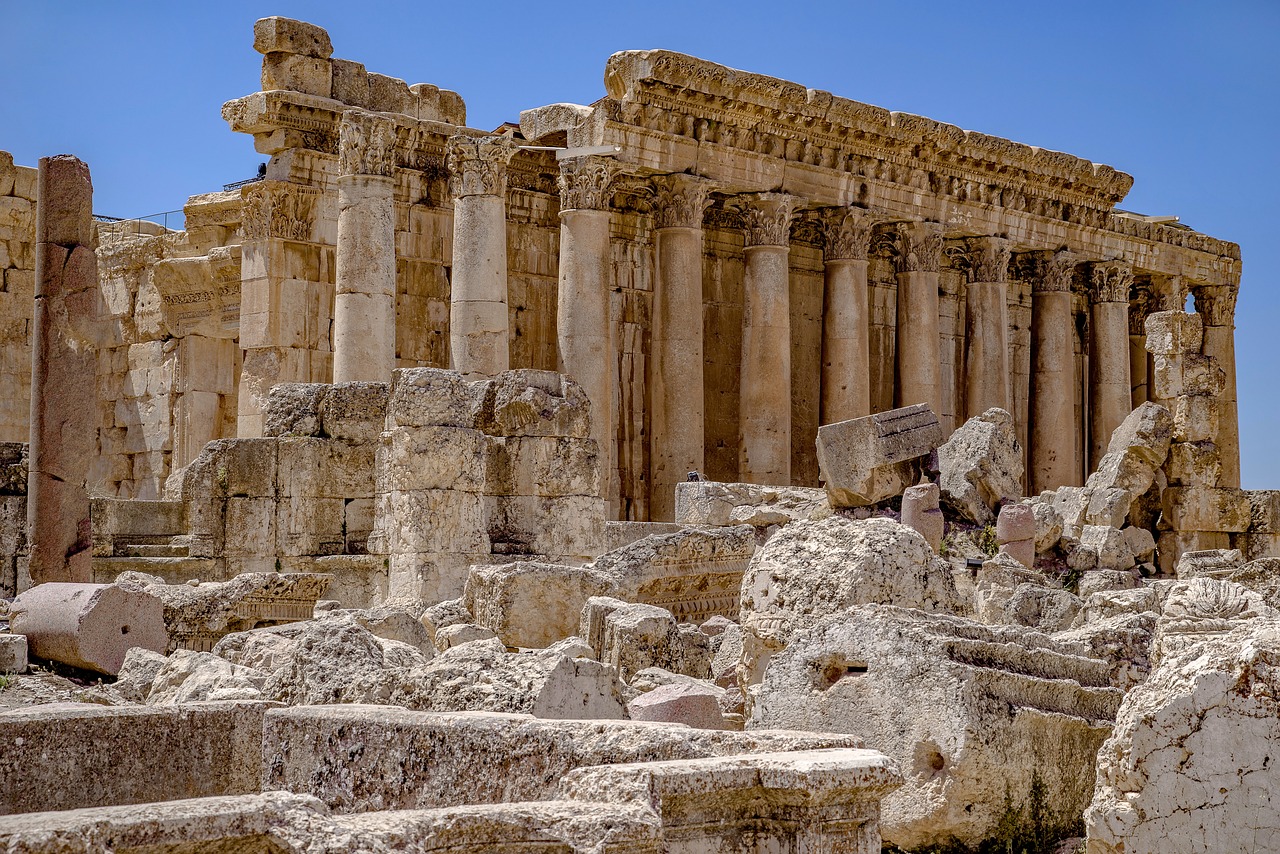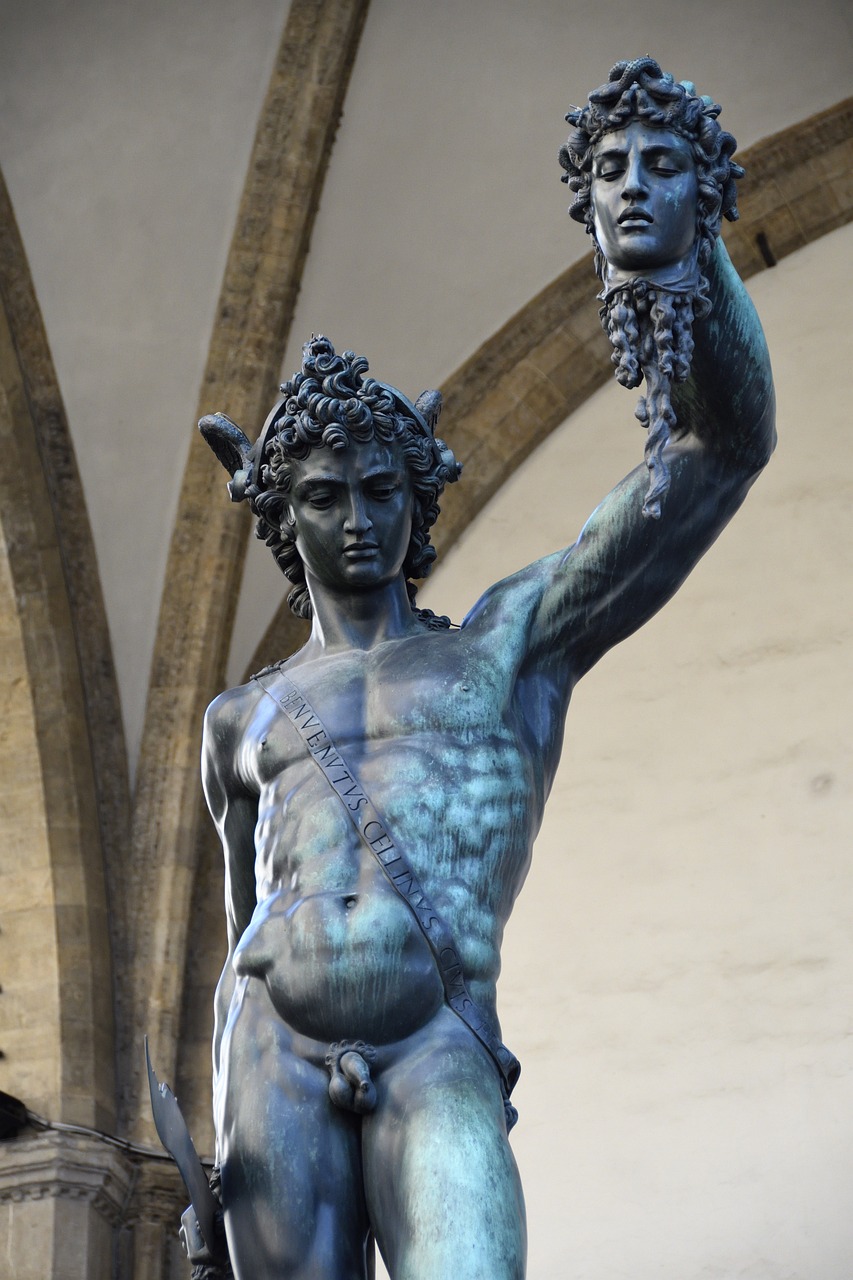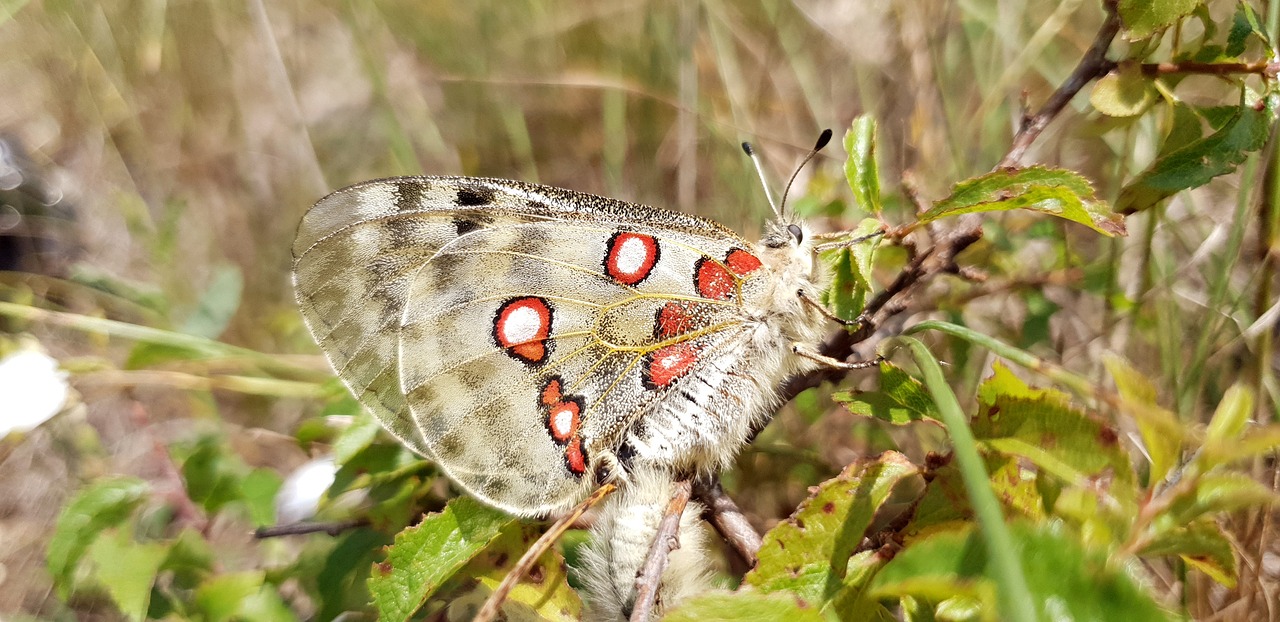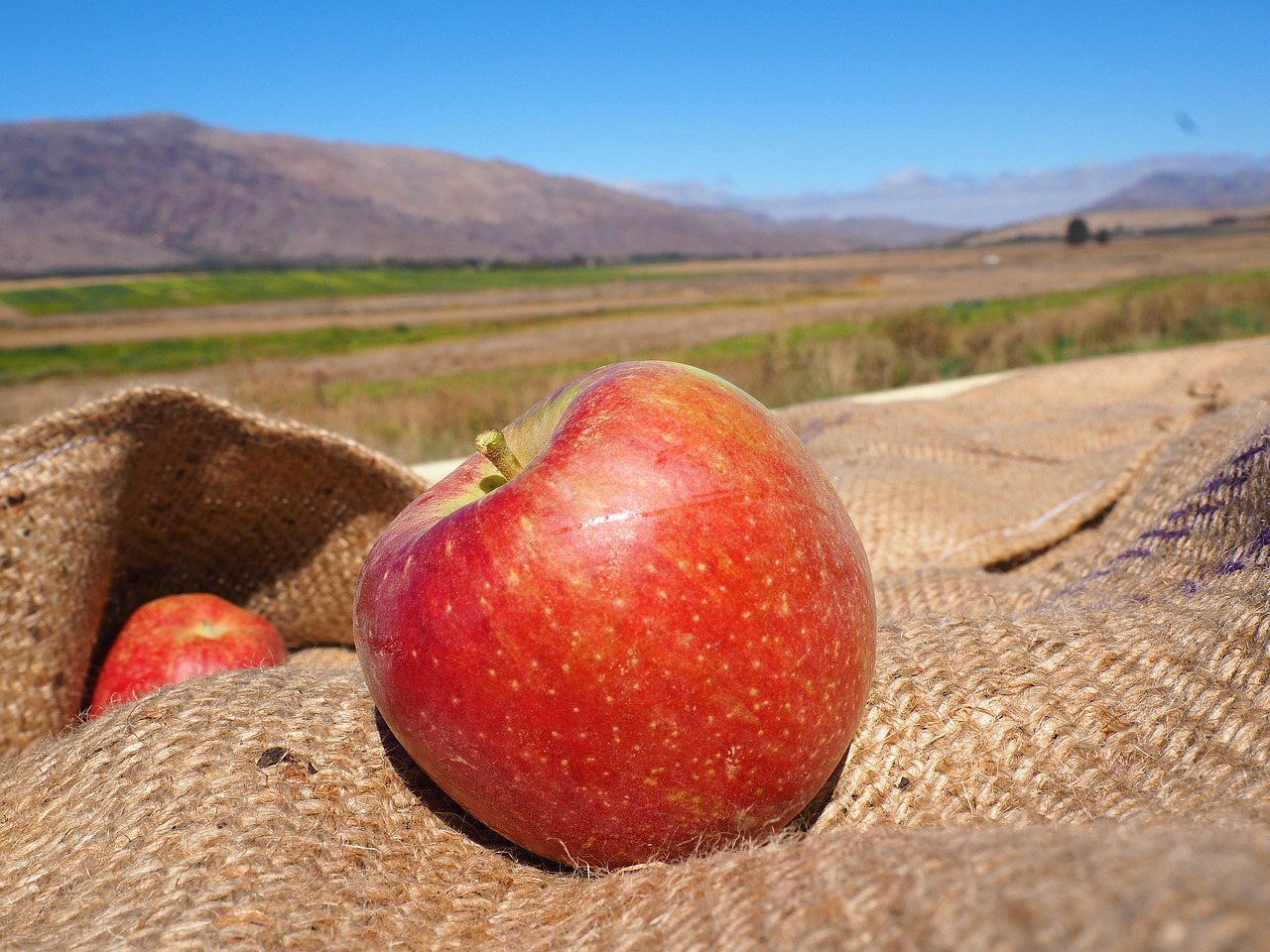Author: Sun WuKong
-
The Dagda, also known by various names including Daghda and Dagda Mór, is a central figure in Irish-Celtic mythology, celebrated for his diverse abilities and leadership among the Tuatha Dé Dannan, the legendary invaders of Ireland. He played a vital role in defeating the native Fir Bolg, followed by another victory over the seafaring Fomorians.…
-
If you’re dedicated to enhancing your fitness regimen, you might be curious about ways to improve workout endurance and decrease recovery time after exercise. While numerous pre-workout supplements are available, selecting the right one for your needs can be quite overwhelming. For athletes in particular, nitric oxide supplements—available in capsules or drinkable powders—can be beneficial…
-
Nike, the Greek goddess of victory, holds a pivotal position in Greek mythology, serving as a symbol of strength and achievement across various domains. In ancient worship, she personified victory, frequently illustrated in art as a winged figure, embodying the essence of flight. In other instances, she appeared without wings, earning the title “Wingless Victory”…
-
Eros, the mischievous deity of love, held a significant role in Greek mythology as the persistent companion of the goddess Aphrodite. His character can be traced back to the poet Hesiod, who initially portrayed Eros as a primordial being that emerged self-created at time’s dawn to incite procreation. Hesiod later depicted him, alongside Himeros (Desire),…
-
Quirinus represents a significant yet enigmatic figure in ancient Roman worship, associated closely with the origins and identity of the city. Known from the earliest eras alongside deities such as Jupiter and Mars, Quirinus is intrinsically linked to the Quirinal Hill, a site believed to symbolize the safeguarding of the Roman populace and the foundational…
-
Agriculture has its roots in the deliberate cultivation of beneficial plants and animals within environments shaped by human intervention. While agriculture is often viewed through a narrow lens—highlighting specific activities like rice cultivation in Asia or cattle ranching in the Americas—a broader understanding portrays humans as environmental architects who alter natural landscapes in targeted ways.…
-
Perseus, a renowned hero from Greek mythology, is deeply connected to the tales of two remarkable women, each representing vastly different destinies through their interactions with him. Within a narrow timeframe, he exhibits contrasting behaviors: he ultimately slays one woman while rescuing the other. Despite both women being innocent, their destinies are shaped by the…
-
Exceptional Universal Significance Concise Summary The temple dedicated to Apollo Epicurius stands proudly in the sanctuary of Bassae within the Arkadian mountains. Renowned as one of the finest-preserved relics from classical antiquity, it serves as a powerful representation of Greek architectural prowess. Its architectural components and historical significance are profound. Constructed during the zenith of…
-
In the realm of ancient Roman mythology, Pluto is recognized as the deity governing the Underworld, where souls transit after their earthly existence. Known alternatively as Dis Pater or Orcus, he is often compared to his Greek counterpart, Hades, sharing similar domains yet differing in personas and characteristics. As a sibling to deities such as…
-
Ceres, recognized in Roman mythology as the goddess of agriculture and harvest, wielded the power to bless humanity with bountiful crops, while her displeasure could lead to blight, drought, and famine. Typically depicted as a matronly figure, her symbols include the sickle, sheaves of grain, and the cornucopia. She aligns with Demeter, her Greek counterpart…

